The return of international travel: Here’s where countries stand on allowing visitors in
Signing up for credit cards through partner links earns us a commission. Terms apply to the offers listed on this page. Here’s our full advertising policy: How we make money.
After many months of lockdowns due to the COVID-19 pandemic, many travel destinations are starting to reopen to visitors from other countries, thanks to the availability of vaccines and declining case numbers in some areas.
If you’re looking to travel internationally any time soon, it’s of vital importance to know the requirements and restrictions issued by the place you plan to visit. Here we list the status of various popular vacation destinations, as well as where the United States stands on both foreign and domestic travel.
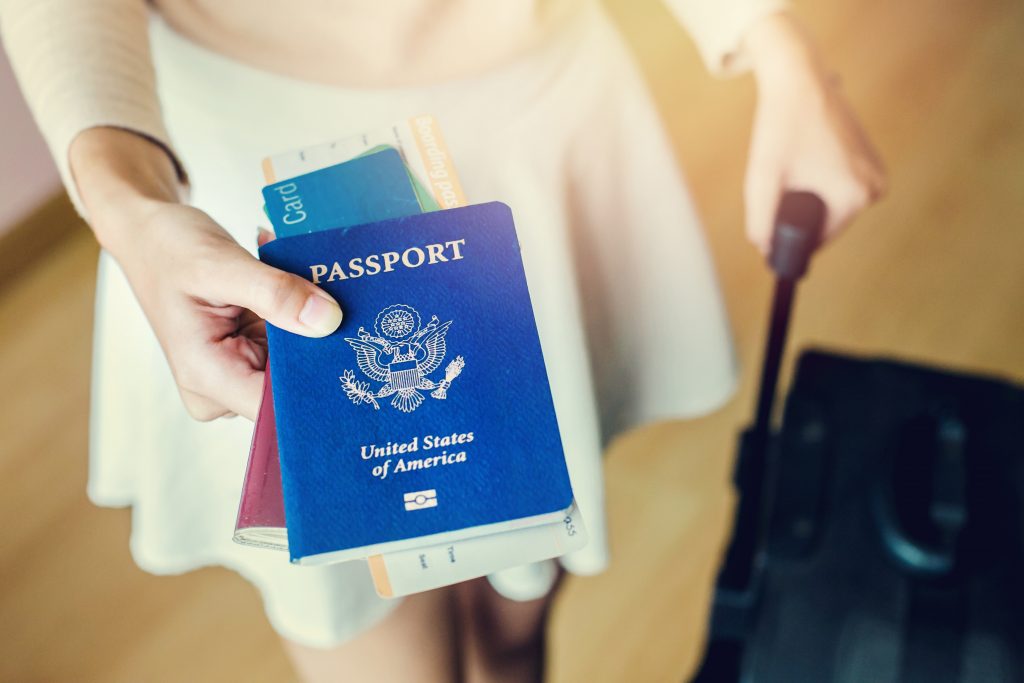
North America
United States
International visitors: All international air passengers over the age of two traveling to the United States are required by the Centers for Disease Control and Prevention (CDC) to take a viral COVID-19 test within 72 hours prior to entering the country. Documentation of a negative result needs to be provided to a traveler’s airline prior to boarding the plane.
Alternatively, a document from a licensed healthcare provider stating that a person has recovered from COVID-19 within the past 90 days is also accepted. This document or a negative test is required for anyone entering the country, both non-citizens and U.S. citizens, as well as anyone returning to the U.S. from a foreign country — including those who are fully vaccinated.
Domestic travelers: As for travel within the country, the CDC advises that you delay such travel until you’re fully vaccinated. Masks are required on planes, trains, and buses. Those who do travel domestically while unvaccinated should take a viral test one to three days before a trip and three to five days after returning, the CDC recommends. It also advises that such individuals self-quarantine for seven days after travel. Be sure to check with the state or region you plan to visit for any imposed restrictions.
Puerto Rico
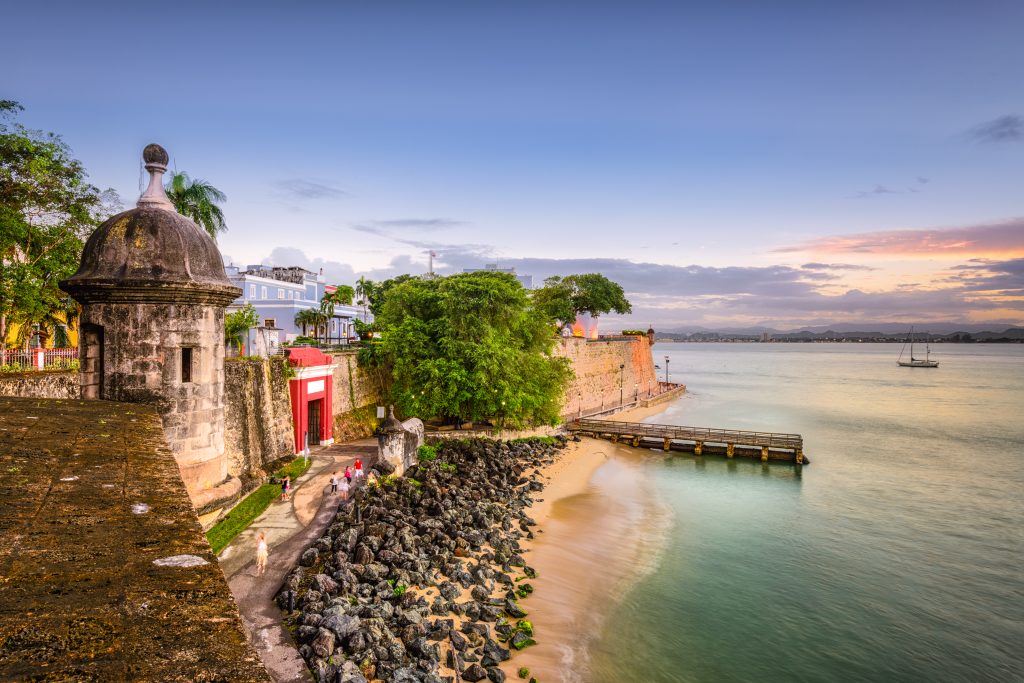
While it is officially open to travelers from all over the world, Puerto Rico, a U.S. territory, requires travelers to take a COVID test within 72 hours before arriving. Visitors need to complete an online travel declaration prior to arrival in order to provide information and upload a negative test result.
U.S. Virgin Islands

Similar to the policy in Puerto Rico, all travelers to the U.S. Virgin Islands (St. Croix, St. John, and St. Thomas) need to submit proof of a negative COVID-19 test on an online travel portal prior to arrival. This applies to anyone over the page of five and includes those who are fully vaccinated. American visitors will not need to present a negative test in order to return home.
It’s important to note that the CDC advises against traveling to the U.S. Virgin Islands currently, due a “very high level of COVID-19” at this time. The CDC recommends that if you must travel there, be fully vaccinated and follow all proper protocol like wearing a mask and social distancing.
Mexico

At the time of writing, the U.S. State Department has Mexico under a Level 4: Do not travel advisory. This is due, in part, to the number of COVID-19 cases in the country. Having said that, while there are health checks at Mexican airports, there are no testing requirements for visiting Americans.
When entering the U.S. from Mexico, however, you will need to furnish a negative COVID test taken within the previous 72 hours. At many Mexican resorts, visitors are conveniently offered on-side rapid COVID tests before leaving the country.
Canada

Most travel from the United States to Canada is prohibited at this time, as announced by Prime Minister Justin Trudeau. Exceptions include those with dual citizenship who have special authorization and a valid Canadian passport. Certain immediate family members of Canadian citizens may enter if they are staying in the country at least 15 days, and they are required to quarantine for 14 days upon arrival.
Those traveling to the U.S. from Canada will need to present a negative COVID-19 test taken within 72 hours before boarding a plane. Alternately, travelers can present a statement from a licensed healthcare professional documenting recovery from COVID-19 within the past 90 days.
Caribbean
Bahamas
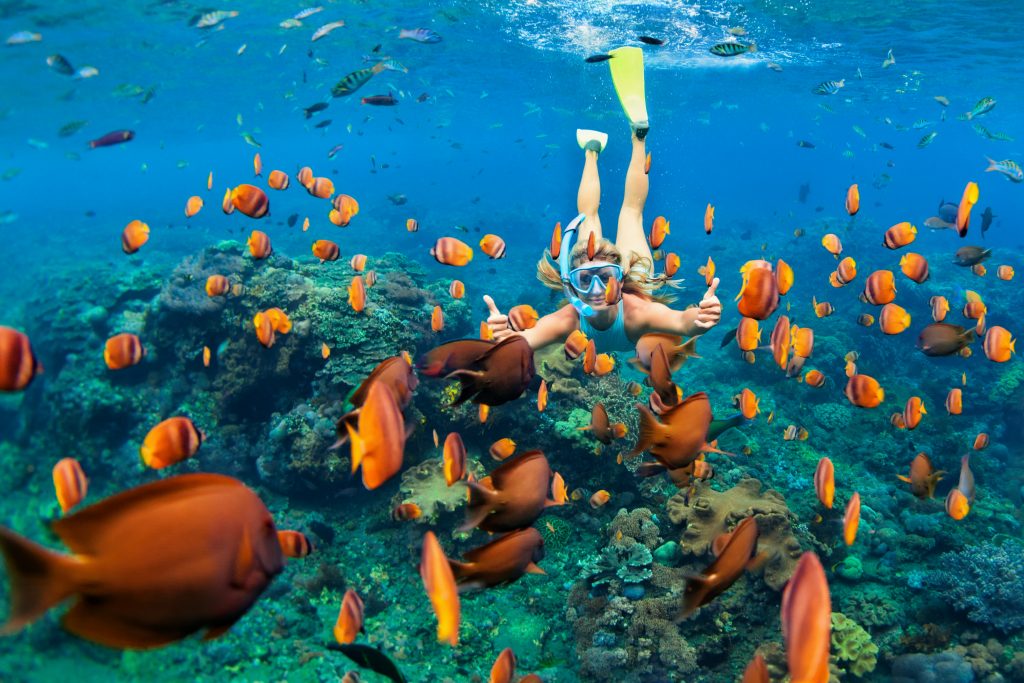
The borders of the Bahamas have been open and shut as COVID numbers go up and down. Like Mexico, the State Department has the Bahamas under a Level 4 travel advisory due, in part, to high COVID levels in the country. Non-vaccinated travelers over the age of 10 who do choose to travel there will need to produce a negative COVID test taken within three calendar days before arrival.
While fully vaccinated visitors do not need to present such a test, anyone arriving over the age of 18 needs to purchase a health visa in advance. This visa provides local health insurance and contains your uploaded negative COVID test results or proof of vaccination.
Dominican Republic
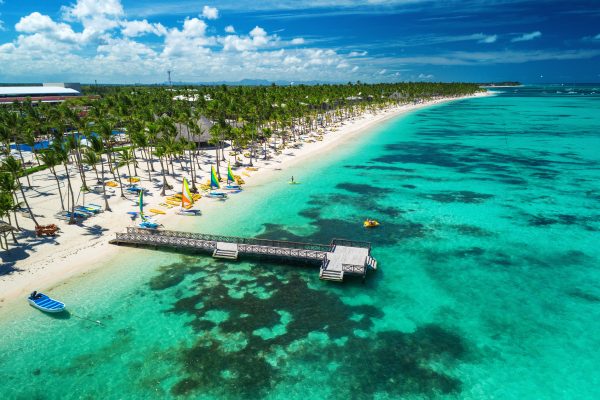
If you plan to visit the Dominican Republic, you’ll be happy to know you do not need to produce a negative COVID test result. You will need to fill out an electronic ticket where you state that you have not felt any COVID symptoms in the past three days and provide your contact information for the following 30 days.
While it might be easy to get in, note that this Caribbean tourist destination is currently under a Level 4 travel advisory due to the pandemic, and you’ll need to provide a negative COVID test result to board a plane to return to the U.S.
Jamaica

The island of Jamaica has been open to tourists for almost a year, but anyone visiting from the U.S. will need to submit a pre-travel health application prior to the planned trip. This will be reviewed by government officials and approved or denied, based on your COVID transmission risk factors.
You’ll also need to supply a negative result of a COVID test taken within 72 hours, and your temperature will be checked upon arrival. After this, you’ll need to remain in areas deemed Resilient Corridors, at establishments that have been trained to adhere to set COVID-19 protocols.
The CDC advises not to travel to Jamaica at this time, due to COVID levels. To return to the U.S., you’ll need to produce a negative test result or a doctor’s note that you’ve recovered from COVID within the past 90 days.
Turks and Caicos
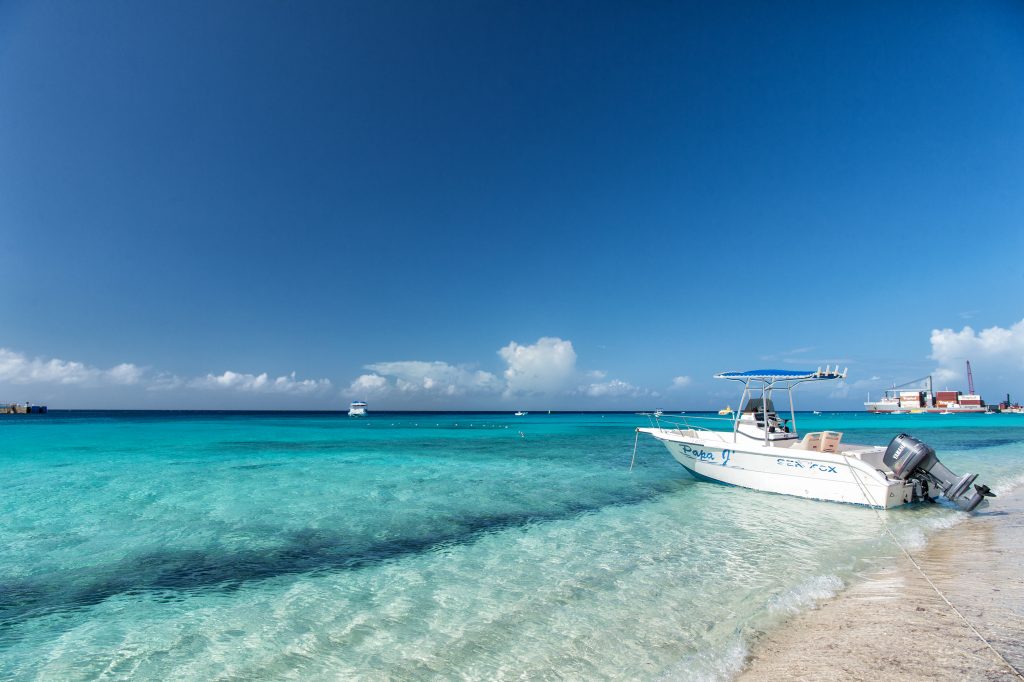
Although Turks and Caicos officially reopened to travelers in July of 2020, these coral islands are currently under a State Department Level 4 travel advisory due to levels of COVID-19 there. As a visitor, you’ll need to come up with a negative COVID test taken within three calendar days prior to arrival and obtain pre-authorization to visit via an online travel portal.
Those over the age of two who wish to travel to the United States from Turks and Caicos will need to furnish a negative COVID test taken within the previous 72 hours, or documentation from a licensed healthcare provider that you have recovered from COVID within the past 90 days.
Europe
United Kingdom
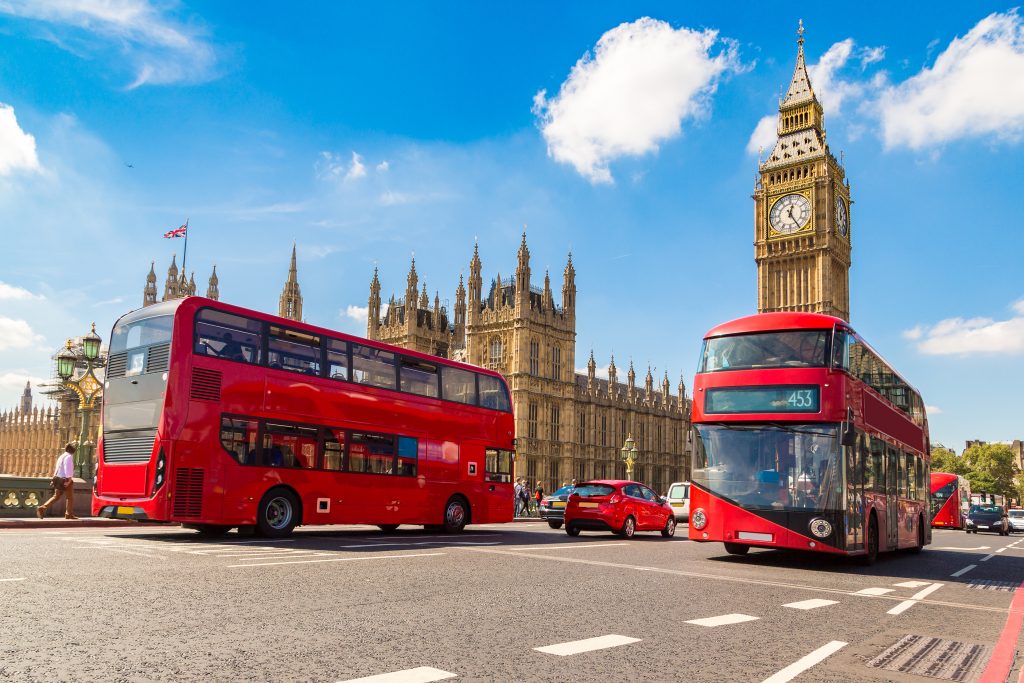
Traveling to the United Kingdom is quite difficult at this time, with rules that state you must be tested for COVID before entering and that you need to quarantine for 10 days after arriving. You’ll also need to fill out a passenger locator form. Those who do not comply with the rules are subject to stiff fines and jail time.
The U.K.’s strict policies follow record highs of COVID-19 in January 2021. Since then, cases have been leveling off, resulting in the reopening of some shops and restaurants.
France

France plans to allow U.S. tourists to enter again in June 2021 when providing a negative recent COVID test or proof of vaccination (Americans have not been able to enter the country since March of 2020). Certain cafés and restaurants will be able to reopen with limited hours of operation, and non-essential businesses like museums and theaters will reopen with maximum capacity restrictions.
To fly to the U.S. from France, anyone aged two or older will need to produce a negative COVID test taken within the last 72 hours or a doctor’s statement of recovery from COVID within the last 90 days. It should be noted the CDC and the U.S. State Department advise against traveling to France at this time, due to COVID levels there.
Greece

In April 2021, Greece started letting foreign tourists back in, including U.S. travelers who are fully vaccinated or who produce a negative COVID test result from with 72 hours prior to arrival. Visitors will need to submit an online locator form providing details on where they will be staying.
The country is under a nighttime curfew that requires you to remain inside between the hours of 11 p.m. and 5 a.m. Anyone traveling from Greece to the United States will need a recent negative COVID test result or documentation from a healthcare provider that you’ve recovered from COVID within the past 90 days.
Traveling with young children
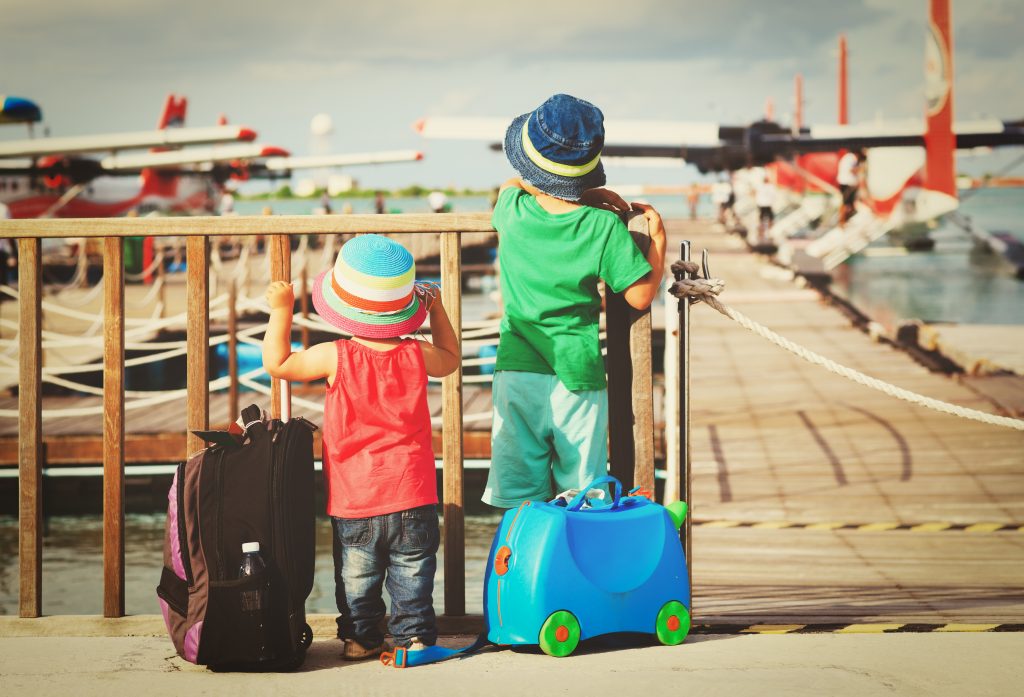
At the time of this writing, young children and some teenagers are not yet eligible for the COVID-19 vaccine. Because of this, many families are holding off on travel for now. The CDC recommends putting off international travel until you are fully vaccinated. In related news, Joe Biden recently announced the Food and Drug Administration is preparing to authorize giving the Pfizer vaccine to children between 12 and 15 years of age.
Having said all of that, if you do find yourself traveling with kids who are unvaccinated, it helps if they are old enough to be relied upon to wear a mask, maintain a distance from other people, and wash their hands properly and frequently.
Flying safely during the pandemic
Whether you’re vaccinated or not, experts advise that if you fly during these uncertain times, make sure you are familiar with the rules and restrictions of the country where you plan to travel, and also what you will need to do in order to return home.
The Transportation Security Administration (TSA) has enhanced its cleaning procedures at airports, and has also made the following changes to the screening process:
- Masks need to be worn by travelers during screening, although they may be asked to remove them briefly for identification purposes.
- Your carry-on bag can contain one bottle of hand sanitizer of up to 12 ounces, which will be removed during screening.
- To reduce the need for handling items, small personal effects like your keys, phone, and wallet should be placed in your carry-on instead of in the screening bins.
- Rather than leaving food items in your carry-on, keep them in a plastic bag and place them in the bins, which makes it less likely the screeners will need to manually open the bags to inspect the contents.
Whether you’re on a plane or in any public place, be sure your face mask fits snugly and covers your mouth and nose. Stay at least six feet away from others, avoid contact with frequently touched surfaces when possible, and use hand sanitizer or wash your hands frequently.
The rules keep changing
With the conditions changing daily in every country and region of the world, policies and restrictions are likewise changing all the time. While each country’s status, as reported here, is valid at the time of this writing, be sure to check directly with the official website of any country you plan to visit. This will ensure you have the most complete and up-to-date information.
Editorial Note: We're the Million Mile Secrets team. And we're proud of our content, opinions and analysis, and of our reader's comments. These haven’t been reviewed, approved or endorsed by any of the airlines, hotels, or credit card issuers which we often write about. And that’s just how we like it! :)

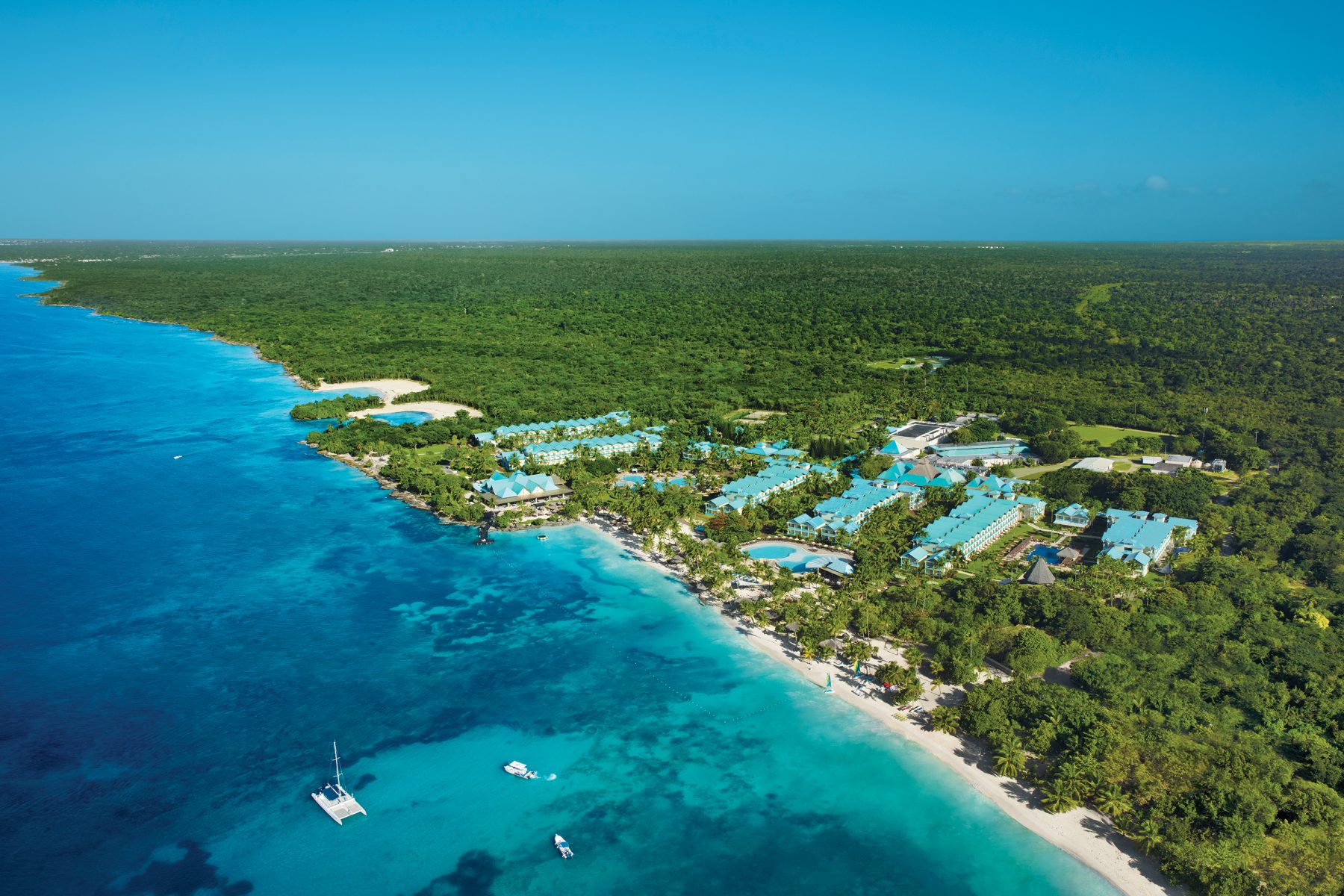




Join the Discussion!